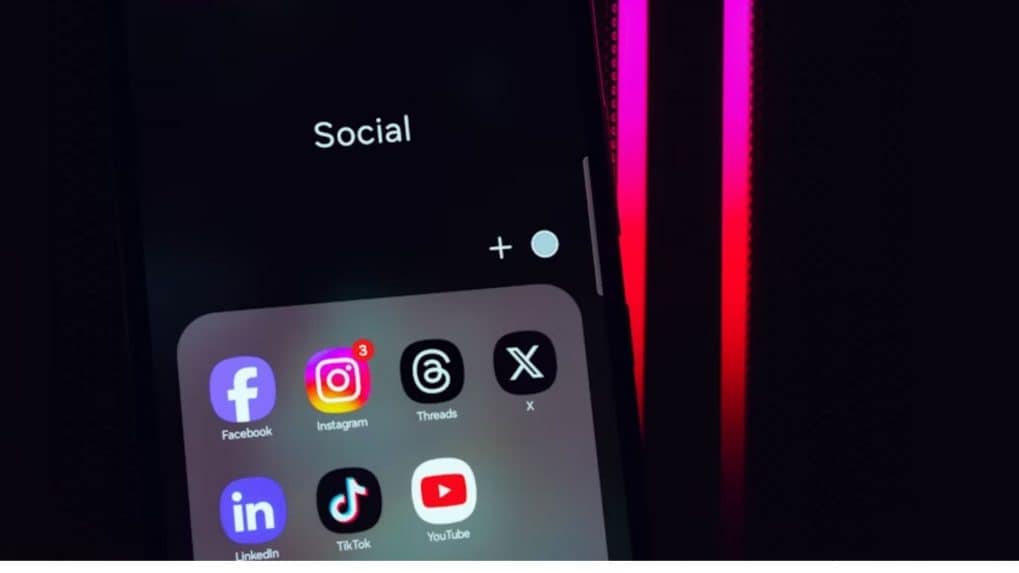Digital
Why OpenAI is hiring 100 ex-bankers: Inside the ChatGPT-maker's secret project to automate Wall Street's grunt work

When communities face a crisis — whether it's a natural disaster, economic downturn, social injustice, or even a viral internet tragedy — people rarely respond alone. Instead, they turn to others for comfort, validation, and meaning. This shared response is known as collective coping.
What Does “Collective Coping” Mean?
Collective coping refers to the way people process stress, grief, or uncertainty together rather than individually. Instead of keeping emotions private, groups express them publicly — through conversation, rituals, online communities, support groups, or even memes.
It’s the reason why:
Cities hold candlelight vigils after tragedies
Social media fills with hashtags like #PrayFor or #WeStandWith
Neighbours organise donation drives during floods or fires
Fans mourn celebrity losses together online
These shared responses don’t solve the crisis, but they reduce isolation and restore emotional balance.
Common Ways People Engage in Collective Coping
Collective coping can take many shapes depending on culture, technology, and circumstance. Some common forms include:
Method and How It Appears in Real Life
Public gatherings: Vigils, marches, remembrance events Digital solidarity: Hashtags, shared profile frames, viral messages Humour & memes: Turning fear into laughter during global events Community support systems: Food drives, fundraising, volunteering Storytelling: Sharing real experiences through videos, forums or blogs
Why Collective Coping Matters
Even without solving the core problem, collective coping serves powerful psychological roles:
Validates shared experience — “I’m not the only one feeling this.”
Strengthens resilience — Knowing others are standing together gives courage.
Builds community identity — Shared struggle creates a sense of belonging.
Restores agency — Small actions like donating or speaking up help people feel less helpless.
Collective Coping in the Digital Age
Earlier, coping was physical — people met in temples, town halls, or living rooms. Now, digital platforms like X, Instagram, Reddit, and WhatsApp have become modern emotional town squares.
During major events, timelines fill with:
Information sharing
Collective outrage or prayers
Humorous coping through memes
Even global experiences like pandemic lockdowns saw collective coping through Zoom parties, baking challenges, and viral songs — showing how creativity can be a survival tool.
Is Collective Coping Always Positive?
Mostly, yes — but it can also create echo chambers of anger or fear if not channeled constructively. Online outrage, mob reactions, or misinformation can amplify stress instead of healing it.
The healthiest forms of collective coping are those that encourage connection, empathy, and clear communication.
Collective coping is proof that humans are wired for connection. When we laugh, cry, protest, or rebuild together, we process pain faster and recover stronger. Whether offline or online, shared healing is not just emotional — it’s evolutionary.
From Delhi’s sharp-tongued lyricists to Chennai’s bilingual innovators and North-East India’s experimental beatmakers, Rap 91 LIVE’s lineup was a sonic map of the country’s cultural diversity.
Read MoreAs WPP reels from revenue declines and vows sweeping restructuring, Publicis and Havas ride strong AI-led client demand. With Omnicom and IPG on the cusp of a historic merger, the global advertising landscape braces for a power realignment built on data, technology, and efficiency.